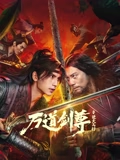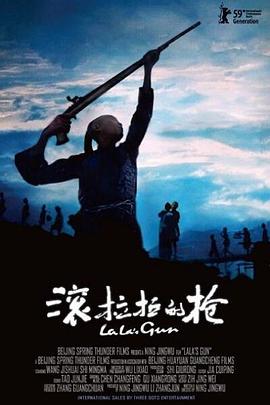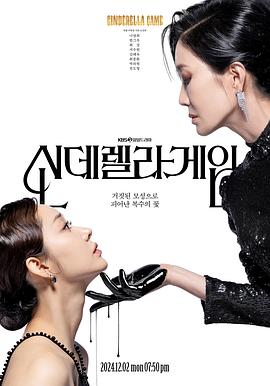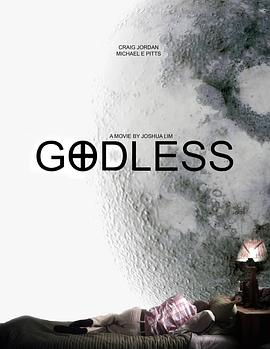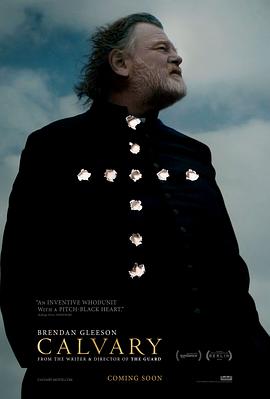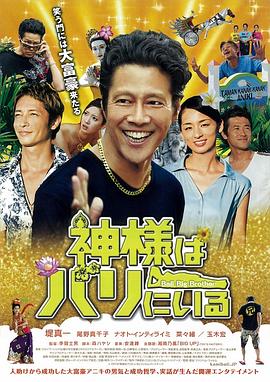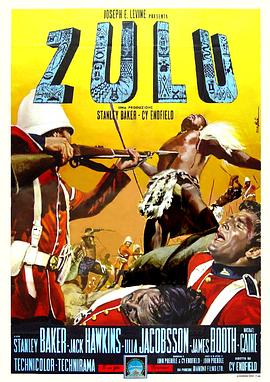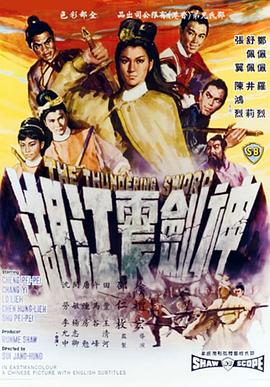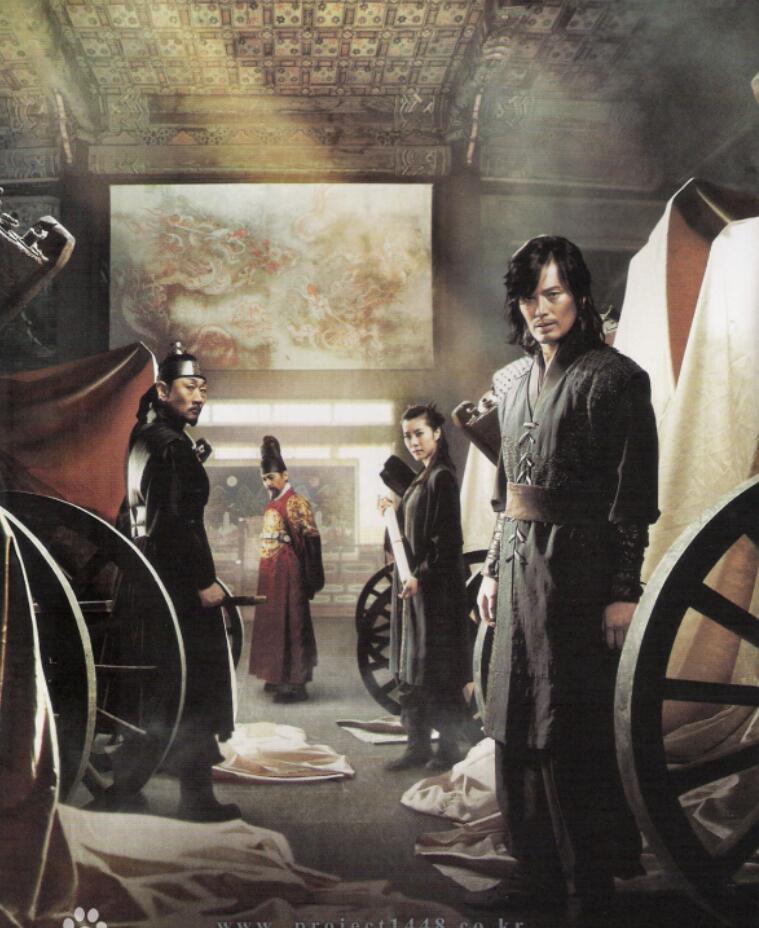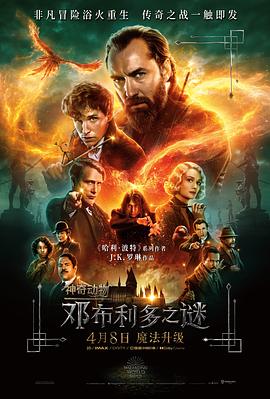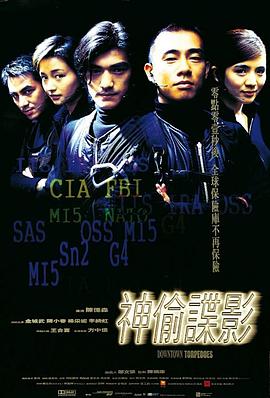At the end of the Eastern Han Dynasty, Cao Cao, in order to supplement military pay, initiated the official tomb-raiding practice and established the [Expand All]
At the end of the Eastern Han Dynasty, Cao Cao, in order to supplement military pay, initiated the official tomb-raiding practice and established the first professional tomb-raiding force in Chinese history. He set up four positions: the Treasure Mover, the Qiu Zhonglang General, the Mountain Moving Taoist, and the Mountain Unloading Warrior. Each position had different specialties and performed their own duties. Later, these positions evolved into the four major schools in the Chinese tomb-raiding world. While Cao Cao was wading on campaigns in the south and north, he ordered people to compile a strange book - "The Secret Art of Treasure Hunting" - based on the various tomb sites he had explored over the years within the territory of China and the methods to solve them, and entrusted it to his most trusted treasure hunting commander for safekeeping. Before his death, Cao Cao ordered Mo Jin Fa to swear with blood that he would protect this book for generations to come for future use. Meanwhile, the nine sects of the Faqiu, Banshan and Xialing sects, coveting the treasures in the book, also pursued the whereabouts of the Mo Jin Xiao Wei sect from generation to generation. For over a thousand years, the disciples of the four sects either attacked each other or formed alliances, but the whereabouts of the "Mo Jin Secret Art" remained a mystery... The so-called Nine Gates are actually ten gates, and this tenth gate is the unrivaled main gate that unites all the gates in the world. A book called "The Secret Art of Treasure Hunting" is equivalent to the Gaode Map of Chinese tombs, the "Records of the Grand Historian" of the treasure hunting world. It is also the secret gate among the secrets...[Collapse]

